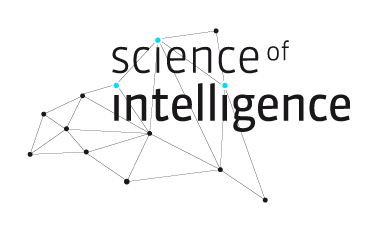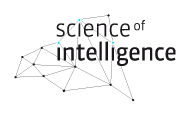
Doris Pischedda
External collaborator
mail: doris.pischedda@unipv.it
Doris Pischedda is a neuroscientist interested in the cognitive mechanisms underlying human behavior and the neural representations of cognitive variables that may affect choice and guide action, especially during social interaction, with either humans or artificial agents. Her goal is to characterize and understand these cognitive processes so that they can be synthesized and reproduced in robots. To this purpose, she employs a combination of behavioral tasks, functional magnetic resonance imaging (fMRI), standard analysis methods, and advanced decoding techniques.
At SCIoI, she uses fMRI experiments to investigate partner-specific neural preparation in human-human and human-robot interaction. The general aim of the project is to identify brain structures that encode information specific to the particular task partner, to understand whether this partner-specific representation remains active during speaking and informs brain areas associated with speech production, and to evaluate to what degree human-robot interactions are processed in exactly the same fashion as human-human interactions.
Doris is currently working on a project called “Decoding partner-specific neural preparation in task-oriented human-human and human-robot interaction,” which is part of SCIoI Project 09.

